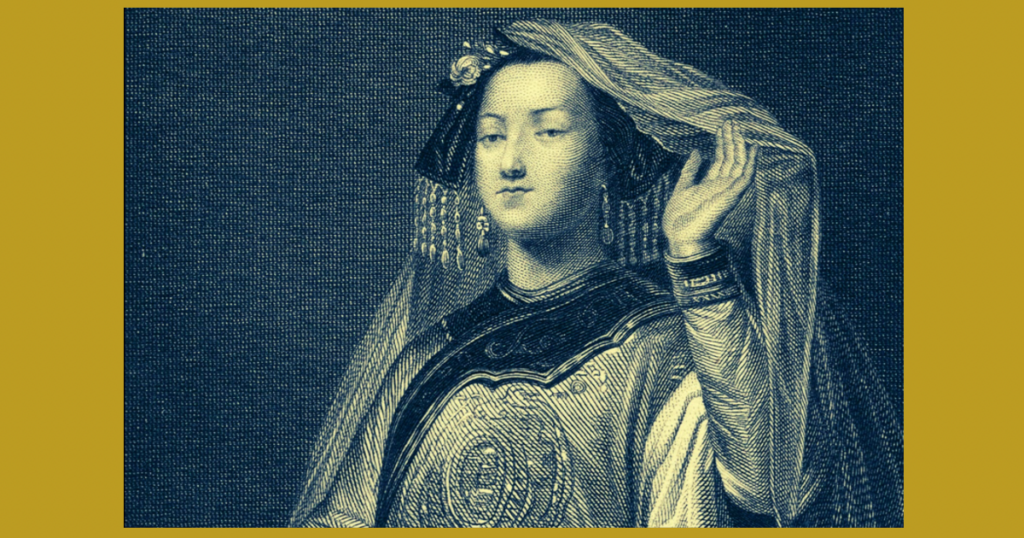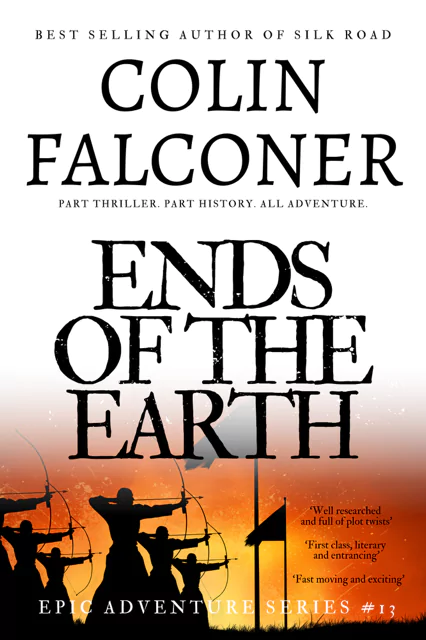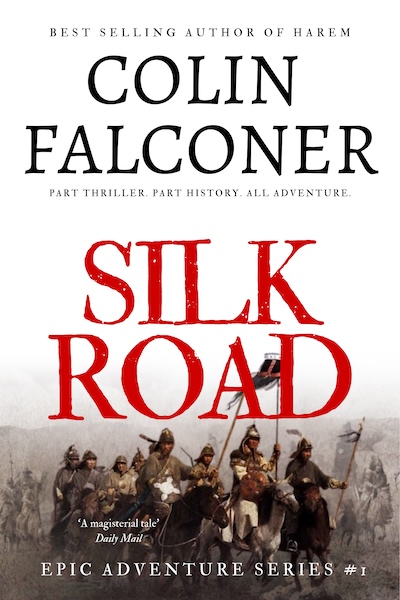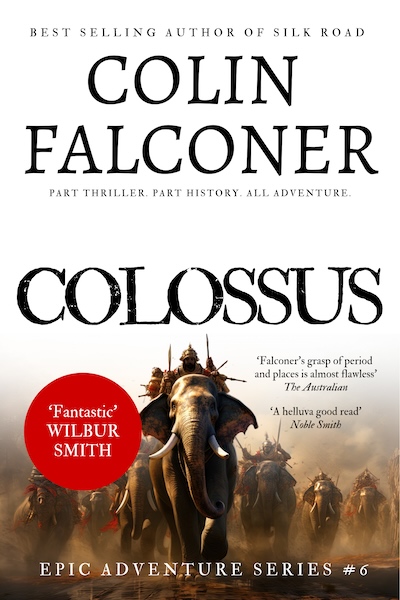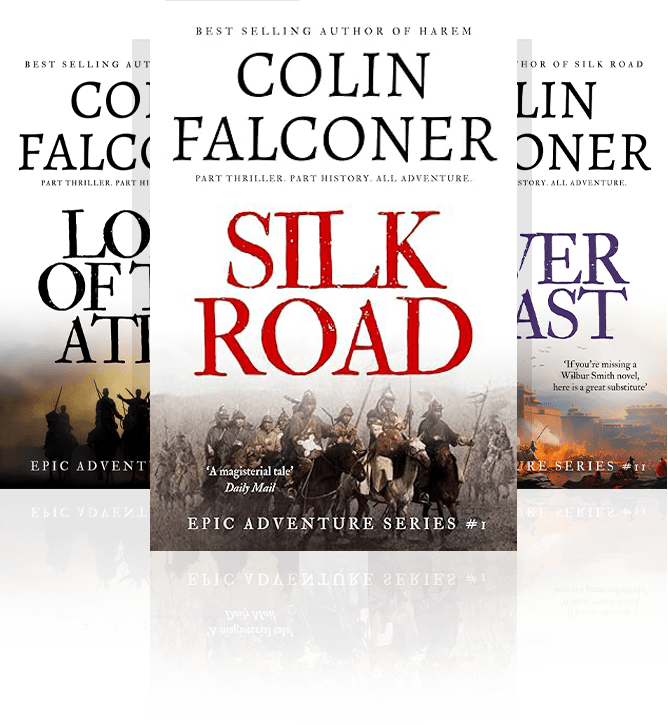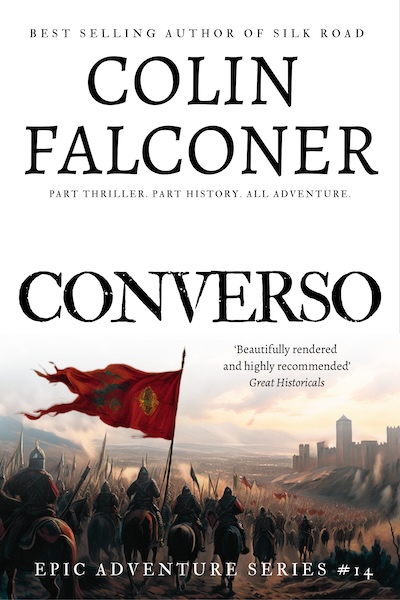Genghis Khan was one of the bloodiest warrior generals in history. In the thirteenth century, his armies stormed out of the Asian steppe leaving a bloody smear across the map from Bokhara to Baghdad, the Black Sea to Buda-Pesth. He built an empire that dwarfed that of the Romans and the Abbasid Caliphate.
He also had a great-great-granddaughter. Her name was Khutulun.
The daughter of a khan
Khutulun’s father, Qaidu, ruled a vast tract of grassland in what is now Uzbekistan and Kyrgyzstan. He had fifteen children. They were all boys except for the youngest, Khutulun.
Which might explain why she grew up so tough.
Qaidu ensured she received the same warrior training as her brothers. By the time she was in her teens, she could ride a horse, shoot a bow, use a sword, milk a yak and drink horses’ blood.
In fact, she was not only as good as her brothers, she was terrifying. Marco Polo reported that before a battle she would gallop out on her horse and seize a soldier from the enemy ranks. She would drag him back and throw him at her father’s feet, with or without his head.
But her specialised subject was wrestling. Not the kind of grappling you see in the Olympics. In those days it was more like a cage fight with no rules. And it seems no one could beat her.
Finding her equal
Khutulun was rich, powerful and apparently very beautiful, so she had no shortage of suitors approaching her father. But Mongolian women at that time had the right to veto their father’s choice, and Khutulun insisted she would not marry any man who could not best her in a wrestling match.
And if they lost, they had to give her ten horses.
In his memoirs, Marco Polo claimed to have met Khutulun in 1280. He said that by then she had a pasture with ten thousand horses, and she was still single.
He went on to claim that while he was at her summer camp, a foreign prince arrived hoping to marry her. He wagered one thousand horses on the outcome of his love match. That night, in Polo’s hearing, he begged Khutulun to throw the fight, making extravagant promises if she would agree.
According to Polo, she said that she would never willingly let herself be defeated by anyone.
The match was held the next day in the Grand Hall of the Khan and people came from miles around to see it.
Polo claimed: The damsel threw him right valiantly on the palace pavement. And when he found himself thus thrown, and her standing over him, great indeed was his shame and discomfiture.
Did she ever marry? There are conflicting reports. One story has her marrying one of her father’s elite bodyguards for love, not because of a ‘best of three’ decision.
Almost all that we know of her comes from the accounts of Marco Polo and a Persian historian called Rashid al-Din. Neither are reliable sources. If there is truth in Khutulun’s story, it was certainly embellished a little or a lot in the re-telling.
But Khutulun does make a fascinating character.
She interested me so much, my most popular novel is about her: Silk Road.
Genghis Khan would have been proud.
🔗 Grab your copy of Silk Road here on Amazon in Kindle, paperback and in Kindle Unlimited.
